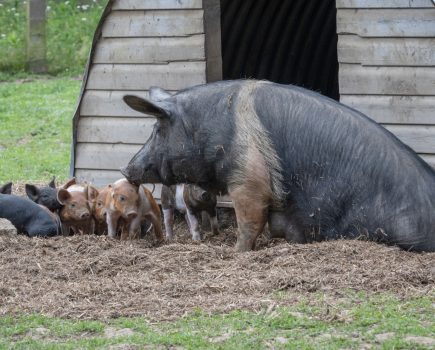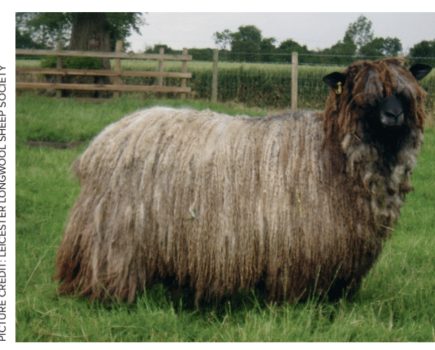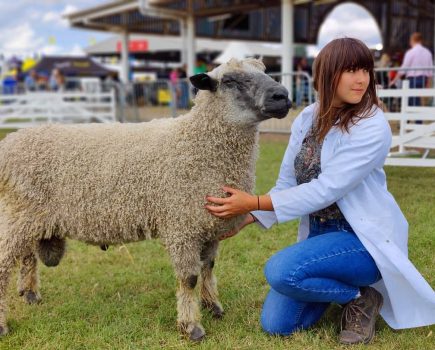Advice for smallholders, from Adam Henson
I recently gave some advice to a farmer who had been retired for two years, but soon realised that, without livestock, she had too much time on her hands! I can’t imagine ever being without animals around me – but I have to say this is mainly from a practical perspective. Livestock is one of the most satisfying elements of being a smallholder, especially if you’re aiming to be more or less self-sufficient. It’s impossible to offer blanket advice, but I hope the following will help if you’re finding it difficult to make decisions on what livestock to keep: Your plot Obviously what you can stock on your plot depends on its size, position, type of land, drainage etc. The farmer I offered advice to had a two acre plot with rough ground and a selection of mature trees. She was experienced with keeping cattle, sheep and poultry. I suggested opting for either two cattle, or four sheep on the basis that it’s wise to start out with a small number and if you find that the land will support more, you can always increase the numbers at a later date. Overstocking is detrimental, as it’s not only bad for the animals but also for your land as it can lead to poaching. Poaching in this case is not the theft of your animals, but, in effect, of your land. When land is overstocked it can get damaged by too many hooves, or machinery churning it up and damaging roots, rendering it unable to photosynthesise and therefore re-grow. And under-stocking also needs to be avoided, as grass needs to be grazed in order to keep out weeds, as well as making it palatable for your animals. Expertise Keeping livestock should not be undertaken lightly. It is a huge responsibility, as their welfare needs to be taken seriously. I urge anyone considering having animals on their smallholding to go on an animal husbandry course, so that you fully understand the implications and responsibilities – as well as really being able to get the most out of the experience. A lot of smallholders choose goats, but you’ll find you need very good fencing. Similarly, pigs whilst a good choice for the smallholder, do grow to a considerable size and need to be trained from a young age, as an adult can be quite a challenge to handle. Most agricultural colleges run short courses and many local colleges offer evening classes – so check out your yellow pages, search online or see the classified advertisements in Country Smallholding. Shelter A lot of the native and rare breeds tend to be smaller than the modern breeds, which is great for the smallholder who most likely won’t have access to sophisticated handling equipment. They are also more suited to living outdoors year-round, so you won’t need to provide housing, except perhaps for lambing and calving, to make it more comfortable for you! Having said that, depending on your land, you may need to house cattle during part of the winter to prevent poaching. However goats and pigs both need year-round housing. Rare breeds I have helped the Smallholder Series produce a range of DVDs for farmers and smallholders on livestock husbandry. Their website www.smallholderseries.co.uk has lists and descriptions of all the different breeds of sheep, cattle, goats and pigs – both rare breeds and the more commercial types, which offer a lot of detail on best use and should help you with your decision. Licence As I wrote last month, do not forget that if you want to keep livestock you will need to register your land with the Rural Payments Agency, who will issue you with an Agricultural Holding Number (CPH). Even one goat needs a CPH, but you only need to register poultry if you’re keeping more than 50 hens, and this doesn’t apply to ducks and geese. The Adam Henson Smallholder Products offer mineral licks and sprays, designed to supplement your animals’ nutrition. For more information visit www.ahsmallholder.com. To learn from Adam’s farming techniques first hand visit the Cotswold Farm Park, which is now open until 23rd December: www.cotswoldfarmpark.co.uk







